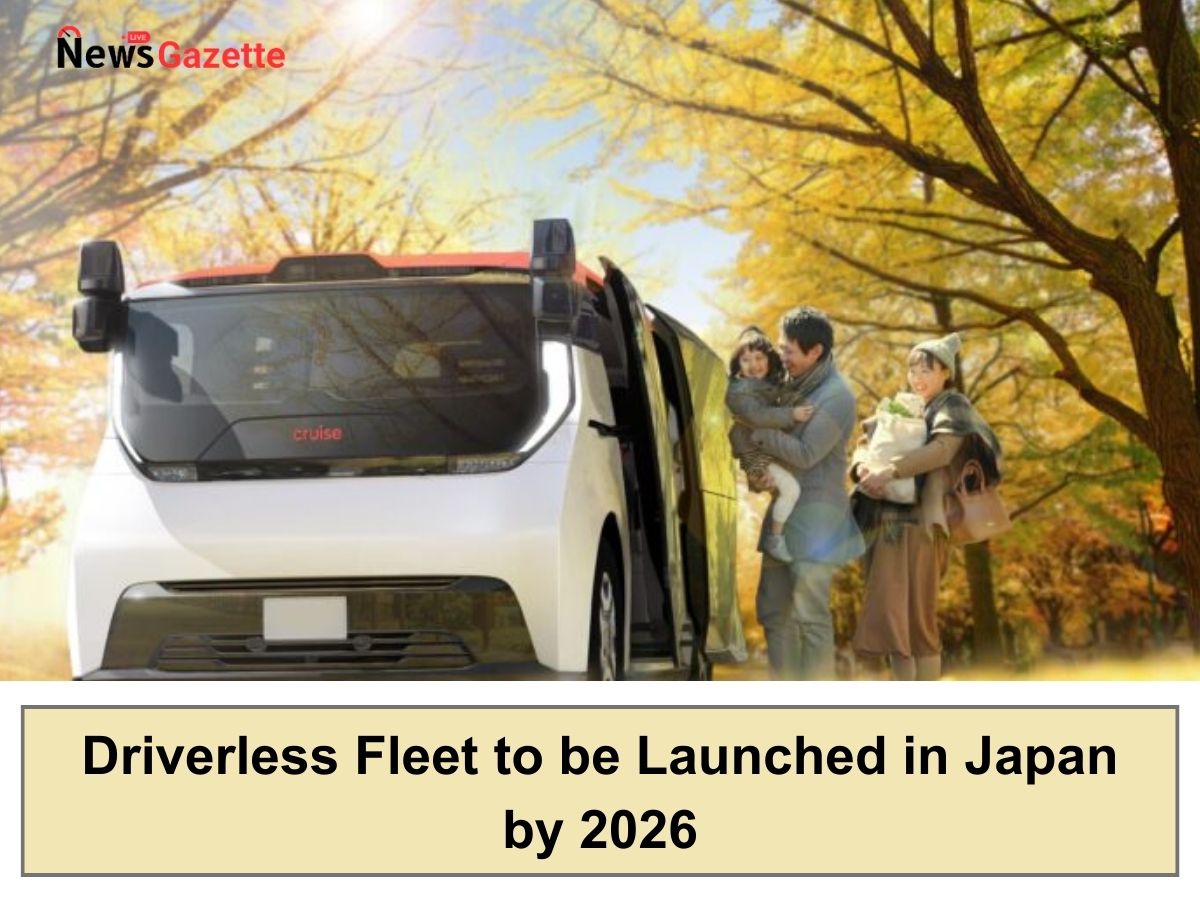
Driverless Fleet to be Launched in Japan by 2026
Catering to the ever-growing transportation needs of their perpetually working population has posed a challenge to various countries around the globe. An increasing demand for domestic transportation of goods and people on a daily basis has a massive toll on a nation’s economy and environment. The convenience of private vehicles acts as a contributing factor to traffic congestion, defeating its very goal of on-time and efficient transit. It also adds to the global carbon dioxide emissions, air quality degradation, and the depletion of natural resources like petroleum.
Public transit emerges as a comparatively sustainable alternative, facilitating the movement of millions of individuals daily with a much lesser carbon footprint. However, time-related inconveniences and limited carrying capacities per vehicle cause significant public exasperation. Combating the problems faced by the existing transportation framework, a series of driverless public transportation services arrived as a game-changer. Three giants leading various fields of the automotive market came together to collaborate on the development of a driverless fleet. Cruise, General Motors, and Honda publicized the expected launch of their automatic riderless transport platform in 2026. Thursday’s announcement about the robotaxi units in Japan was well received by the masses.
The anticipated robotaxi is designed based on a series of automotives of Cruise Origins. Designed as a comfortable and spacious vehicle accommodating up to six passengers in a face-to-face orientation, the models will be equipped with a variety of features and amenities like digital entertainment, Wi-Fi access, etc. Besides the added accessorization, the fleet will cater to the basic safety and convenience needs. Completely lacking a driver’s seat and steering wheel, the taxi could be hailed using an application on the consumer’s mobile phone or smartwatch.
The vehicle will arrive near the passenger using GPS or via a specified location option and take them to their desired destination. The complete transit will be self-driven. The person can then use the same smartphone application to make the payment based on the calculated fair statement. The partnership aims to develop the fleet based on three key principals: safety, accessibility, and convenience. These self-driving models will aid in the significant reduction of human error-based traffic incidences, provide transportation to the elderly and disabled demographic that are unable to drive themselves and reduce the inconveniences caused due to traffic and parking unavailabilities.
Read More: AI-Powered Solar Technology: A New Era for The EV Sector
The companies hope to commercialize autonomous fleets in central Tokyo, initially using a handful of dozens of modified vehicles before expanding to a capacity of 500. The companies plan to use Chevrolet Bolts during the testing phase in Japan before broadening their service radius to areas beyond central Tokyo. Cruise has a well-established consumer base for services using the same model in the US states of San Francisco, Phoenix, and Austin.
Experiences and data from these ventures will further aid the collaboration in terms of regulatory framework, safety efficacies, and performance. The US auto and safety agencies probed the company about pedestrian safety and road etiquette earlier this week. The chief executive of Cruise, Kyle Vogt, replied to this by saying, “Mechanisms like this, preliminary investigations, are one of the tools that regulators use to learn more about the technology and to understand its impact”

Carae Wagner specializes in reporting on the healthcare sector, with a specific emphasis on digital health, gene therapy, viral vectors, and public policy. She holds degrees in English and Psychology from the University of Virginia. Her writing has been featured in publications such as Forbes, Slate, C-Ville Weekly, and various others. She maintains a focus on anxiety disorders and depression and aims to explore other areas of mental health including dissociative disorders such as maladaptive daydreaming.
